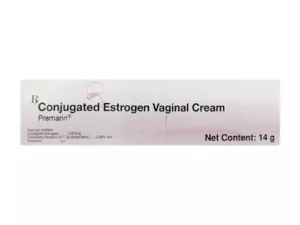Naltrexone: Uses, Dosage, Side Effects & Benefits for Addiction Recovery
What is Naltrexone?
It functions as an opioid antagonist by blocking opioid receptors in the brain, thereby reducing the euphoric and sedative effects of opioids and alcohol. This mechanism helps decrease cravings and supports individuals in maintaining abstinence from these substances.
🔹 Uses of Naltrexone
1. Opioid Use Disorder (OUD):
Naltrexone is utilized to prevent relapse in individuals who have undergone detoxification from opioids. By blocking the effects of opioids, it discourages resumed use.
2. Alcohol Use Disorder (AUD):
For individuals with AUD, naltrexone helps reduce the urge to drink and can prevent heavy drinking episodes. It is most effective when combined with counseling and support programs.
💊 Forms and Dosage
Oral Tablets:
- Dosage: Typically, 50 mg once daily.
Extended-Release Injectable (Vivitrol):
- Dosage: 380 mg administered intramuscularly once every four weeks.
The choice between oral and injectable forms depends on patient preference, adherence considerations, and clinical judgment.
⚠️ Side Effects
Common Side Effects:
- Nausea
- Headache
- Dizziness
- Fatigue
- Insomni
Serious Side Effects:
- Depression or mood changes
- Allergic reactions: Rash, swelling, or difficulty breathingPatients should seek immediate medical attention if they experience symptoms of liver damage, such as yellowing of the skin or eyes, dark urine, or persistent abdominal pain.
⚠️ Precautions
- Opioid Use: Naltrexone should not be initiated until the patient has been opioid-free for at least 7–10 days to avoid precipitating withdrawal symptoms.
- Liver Function: Due to the risk of hepatotoxicity, liver function tests should be conducted before and during treatment.
- Concurrent Medications: Patients should inform their healthcare provider about all medications they are taking, as naltrexone can interact with certain drugs.









Reviews
There are no reviews yet.